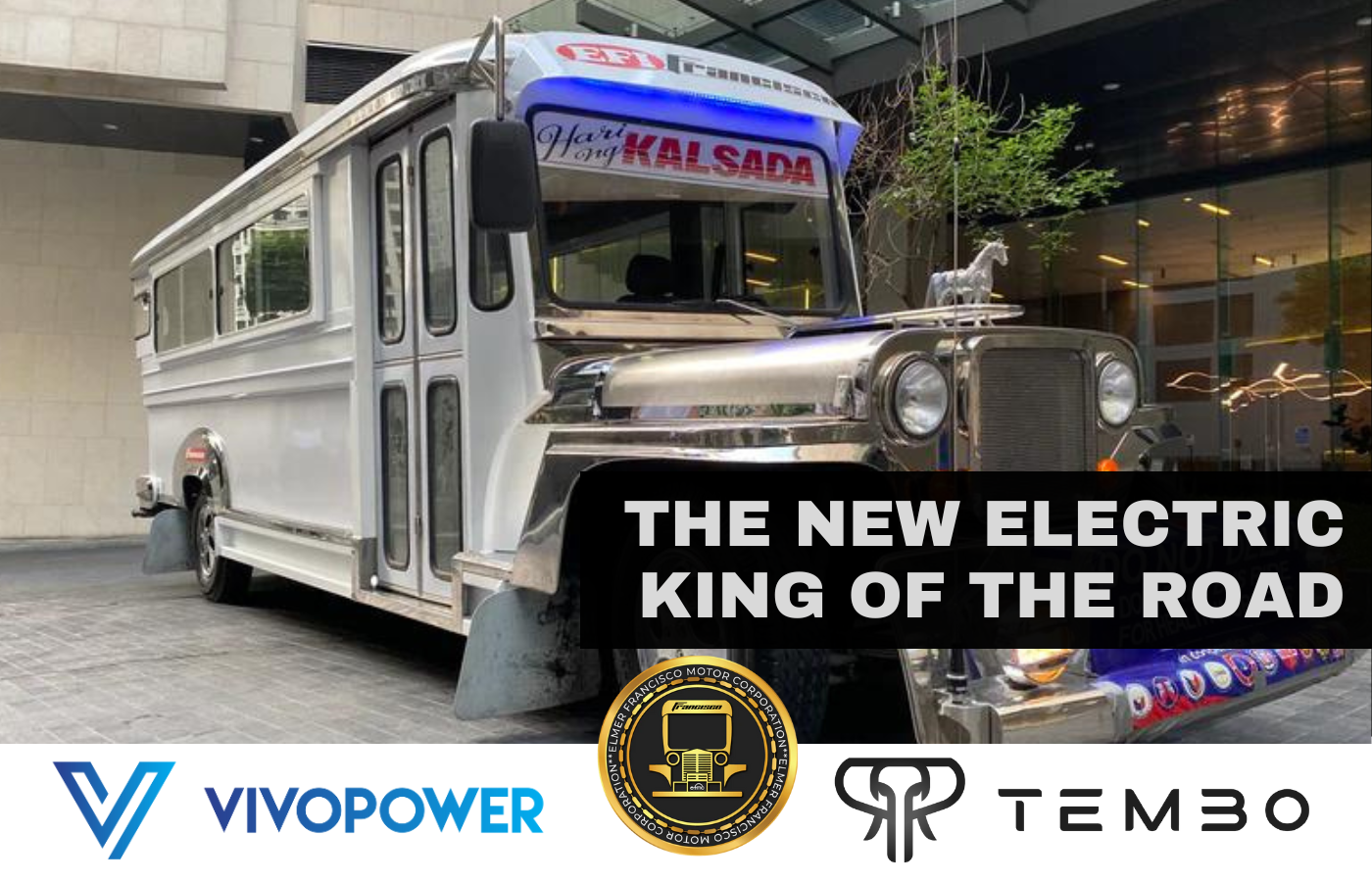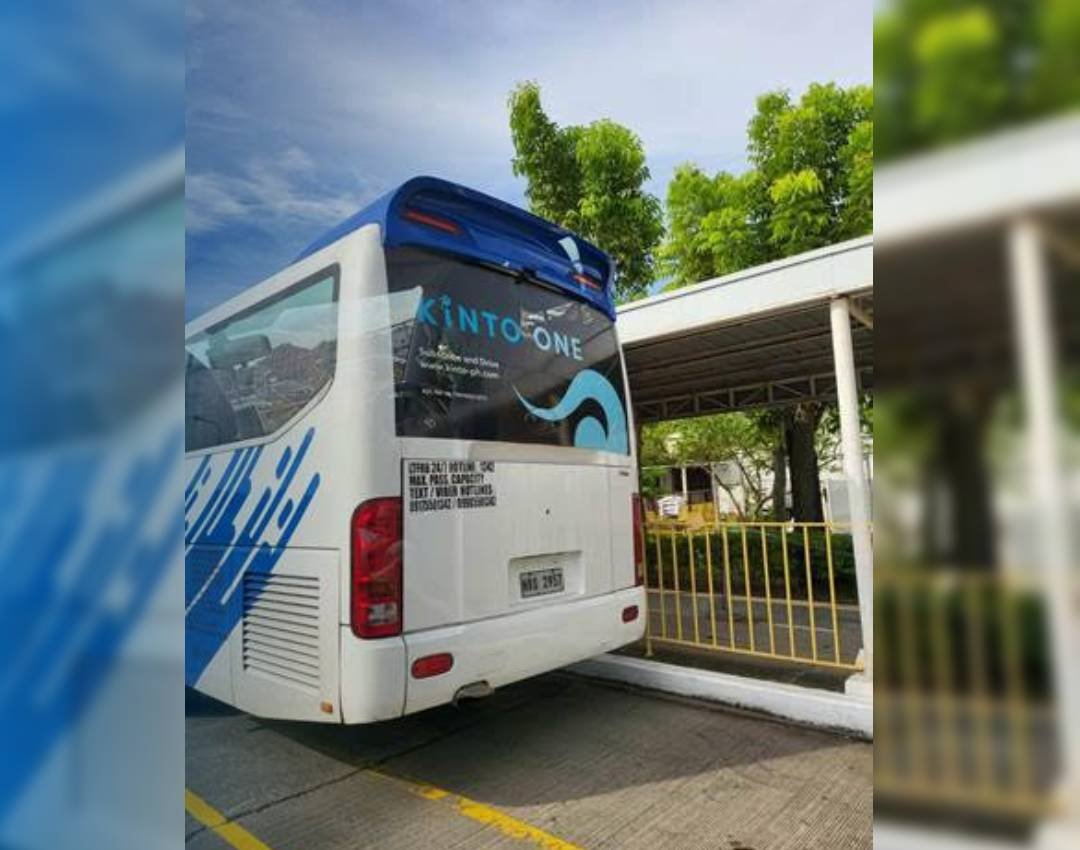Optimize Exposure with Transit Advertising Philippines
Optimize Exposure with Transit Advertising Philippines
Blog Article
How Transportation Marketing Can Change Public Transportation Spaces Into Dynamic Advertising And Marketing Platforms
Transportation marketing holds substantial capacity to redefine public transport areas right into dynamic advertising and marketing platforms that involve and educate. By utilizing ingenious layouts such as interactive booths and electronic displays, brands can not just get to a diverse audience yet also improve the total commuter experience. This method develops an unique chance for brand names to attach with consumers in a setting that is often neglected. As we discover the complex benefits and progressing approaches of transit advertising, it increases the concern of just how this transformation could redefine our interactions with both brand names and the city setting.
Benefits of Transportation Advertising And Marketing

Additionally, transit advertising and marketing is extremely affordable compared to typical media. It enables advertisers to achieve high impressions at reduced costs, making the most of return on investment. The restricted audience of travelers provides a possibility for brands to share their messages to individuals that are typically responsive during their traveling times.
Additionally, the vibrant nature of transit advertising and marketing allows projects to be updated often, making certain that messaging stays pertinent and timely. This versatility can be crucial in reacting to market fads or marketing occasions, maintaining the brand top-of-mind for customers. Lastly, the pervasive existence of transit marketing adds to brand recall; repeated direct exposure within acquainted travel contexts strengthens brand name awareness and promotes customer commitment, ultimately enhancing and driving sales brand track record.
Kinds of Transit Advertising And Marketing
Mass transit systems offer different layouts for advertising, each satisfying different advertising and marketing techniques and audience interaction approaches. One popular kind is external bus and train covers, which cover the entire automobile and develop a mobile signboard impact, permitting high presence in urban environments. These wraps can catch attention as they pass through hectic roads, getting to a varied audience.
An additional prominent style is interior advertising, which includes posters, digital displays, and advertisements on transit seats. These placements involve guests throughout their journey, reinforcing brand name messaging in a restricted area. Digital displays, in particular, supply the benefit of dynamic content, making it possible for marketers to update messages in real-time.
Station advertising and marketing is likewise considerable, featuring posters, banners, and interactive stands within transit stations. These advertisements take advantage of foot traffic and can target details demographics based on location.
Last but not least, marketing partnerships with transportation authorities can result in unique projects, such as themed transit experiences or occasions, improving the overall involvement with commuters. Each kind of transit advertising uses distinct advantages, allowing brand names to tailor their strategy to efficiently reach their target market within the public transport environment.
Engaging Commuters Effectively
Travelers are increasingly flooded with advertising messages throughout their daily trips, making it vital for brand names to engage them in cutting-edge means. To capture interest in this jampacked space, marketers should focus explanation on creativity and relevance. Using distinctive visuals and succinct messaging can significantly improve the chance of engagement.
Interactive aspects, such as QR codes or increased fact features, can likewise change fixed ads into immersive experiences, promoting a much deeper link with the audience. Brands must concentrate on addressing commuters' passions and needs, tailoring top article messages to resonate with their way of life, whether with promos for neighborhood businesses or services developed to improve their commuting experience.
Furthermore, timing plays a vital duty; strategically placing ads during peak commuting hours can optimize presence and influence. Involving travelers effectively also involves leveraging social media integration, enabling travelers to share their promotions or experiences directly from transit systems, therefore intensifying brand name reach.
Basically, effective engagement depends upon comprehending the commuter journey and producing compelling, interactive, and relevant advertising experiences that not only capture focus yet additionally drive activity and loyalty. By doing so, brands can transform public transport into a dynamic advertising platform that resonates with its target market.

Measuring Marketing Impact
How can brands accurately assess the performance of their marketing campaign en route settings? Measuring the influence of transportation advertising calls for a diverse method that incorporates measurable and qualitative metrics. One widespread technique is tracking involvement with mobile analytics, where brands can assess foot web traffic patterns and application communications before, throughout, and after campaigns.
Studies can supply valuable understandings into brand name recall and consumer sentiment, enabling brands to determine how well their messages reverberate with commuters. In addition, keeping an eye on social media interaction related to certain campaigns can expose changes in public understanding and brand name discussion.

Additionally, working together with transportation agencies can enhance dimension precision, as they frequently possess in-depth demographic data on ridership patterns. By incorporating these techniques, brands can develop a detailed understanding of their advertising and marketing performance, ensuring that their campaigns not just get to yet also affect their target market properly.
Future Fads in Transportation Advertising
A significant change is anticipated en route marketing as technological advancements and altering customer actions click for source reshape the landscape. Transit Advertising Philippines. The combination of interactive media and digital displays is expected to boost involvement, permitting brand names to provide dynamic content that reverberates with varied target markets. As mass transit systems embrace smart modern technology, marketers will certainly take advantage of real-time data analytics to customize messages based upon traveler demographics and behaviors
Moreover, boosted fact (AR) is poised to transform the way travelers engage with ads. By providing immersive experiences, AR can change an ordinary journey right into an appealing narrative that records interest and fosters brand name commitment. This development will likely encourage marketers to produce more experiential projects that drive consumer communication.
Sustainability is one more crucial fad affecting transit advertising and marketing. As environmental awareness expands, brands will significantly seek to straighten with green methods, utilizing lasting materials and advertising green campaigns within their campaigns.
Verdict
To conclude, transit marketing offers substantial advantages by boosting brand name exposure and involving a captive audience. Via different formats, such as outside covers and digital displays, it changes public transportation into a vivid marketing platform. Reliable engagement approaches and robust measurement methods further intensify its effect. As trends progress, the potential for ingenious interactions in between travelers and brands is positioned to expand, making sure that transit marketing remains a crucial component of contemporary advertising approaches.
Transit marketing holds considerable capacity to redefine public transportation spaces into vibrant advertising systems that educate and involve. The pervasive existence of transit advertising contributes to brand name recall; duplicated direct exposure within acquainted travel contexts reinforces brand awareness and cultivates customer loyalty, eventually enhancing and driving sales brand reputation.
Just how can brand names precisely evaluate the effectiveness of their advertising projects in transportation atmospheres?In conclusion, transportation marketing provides significant advantages by enhancing brand name exposure and engaging a restricted audience. Transit Advertising Philippines. As fads progress, the potential for cutting-edge interactions in between brand names and commuters is positioned to grow, making certain that transit advertising stays a vital part of contemporary marketing approaches
Report this page